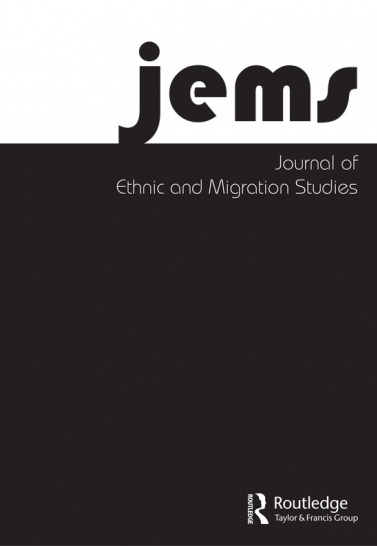http://doi.org/10.1080/1369183X.2023.2169113
Abstract:
There is significant policy interest in refugee migration, particularly in relation to ‘secondary movements’ – the movement of refugees from the first country in which they arrive. Yet, there is very little theoretical or empirical research on refugee mobilities in the Global South, where the overwhelming majority of refugees reside. Existing literature on refugee migration focuses mainly on people who have already selected onward migration to the Global North. This leaves a gap in terms of describing, understanding, and explaining refugee migration patterns within and from low and middle-income regions of the world. Drawing upon cross-sectional data for Kenya, Ethiopia, and Uganda, we describe aspirations relating to mobility; and drawing upon panel data for refugees based in Kenya, we describe actual patterns of mobility. While a majority of refugees ‘hope’ to migrate inter-regionally and a smaller majority ‘expect’ to migrate inter-regionally, actual mobility patterns are very different. Whereas refugees are highly mobile, the overwhelming majority of their mobility is internal and most international migration is intra-regional. By describing these patterns for one region, the article challenges policy assumptions relating to secondary movement and offers a starting point for further comparative research on refugee mobilities.

